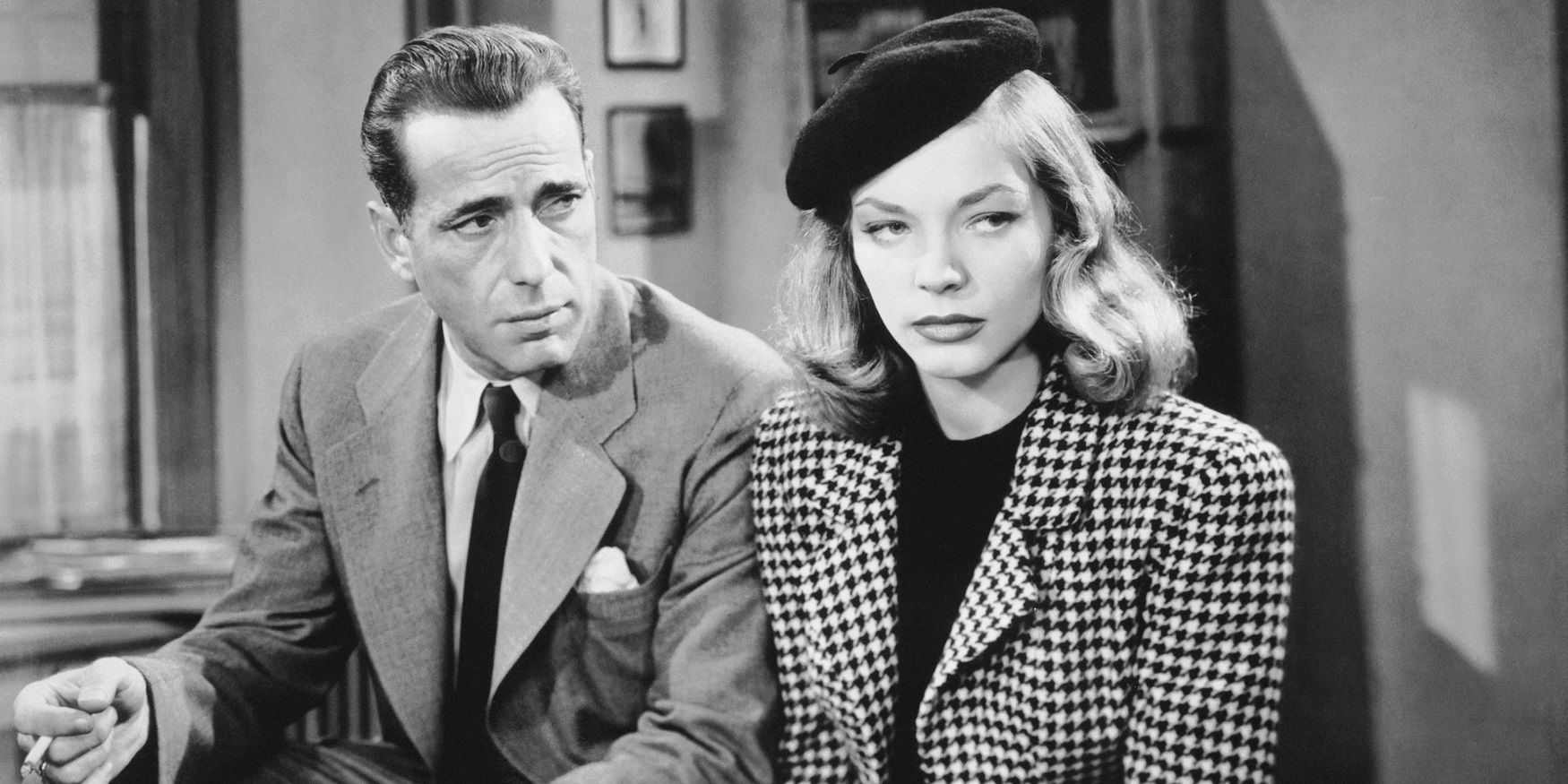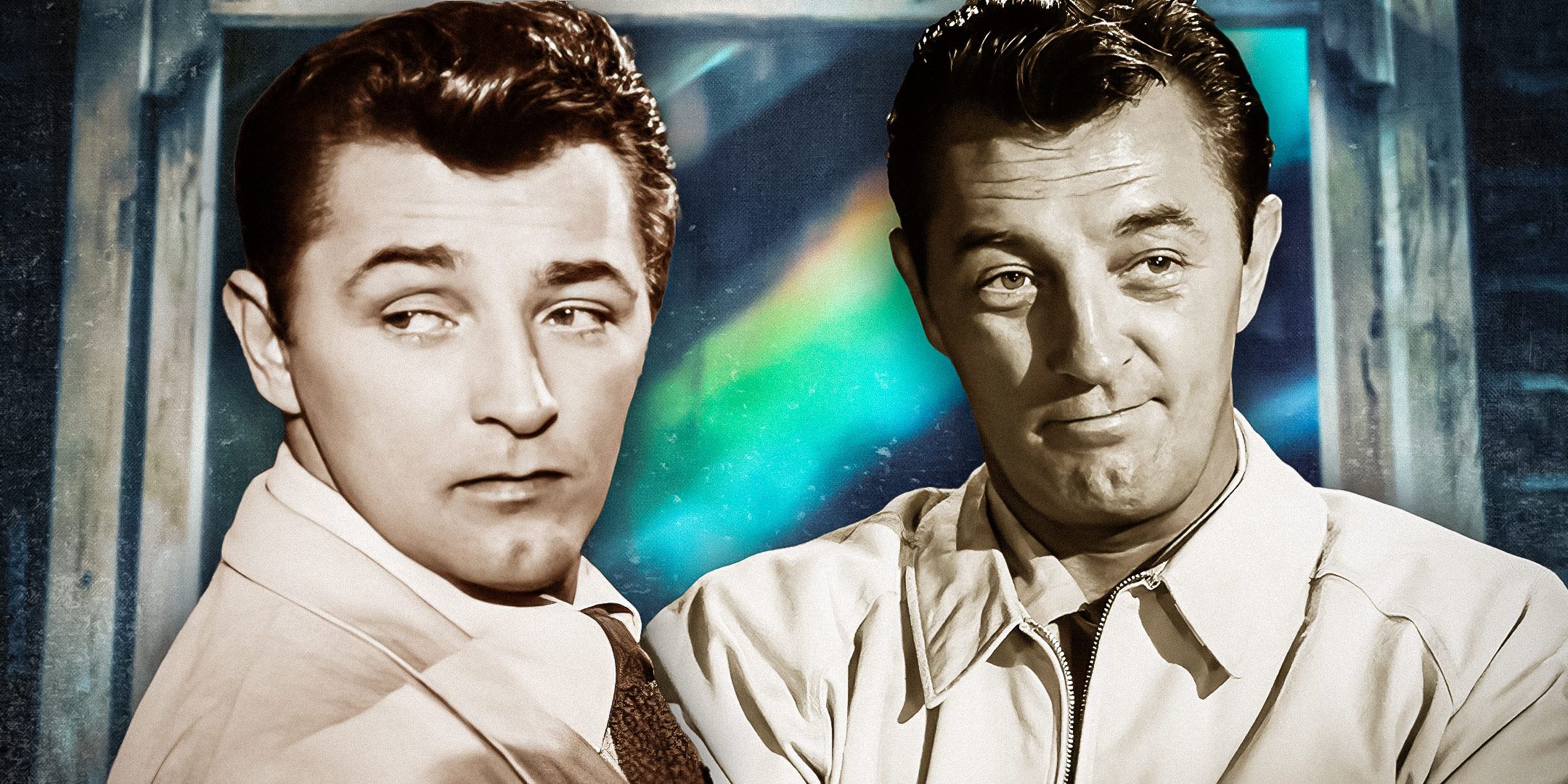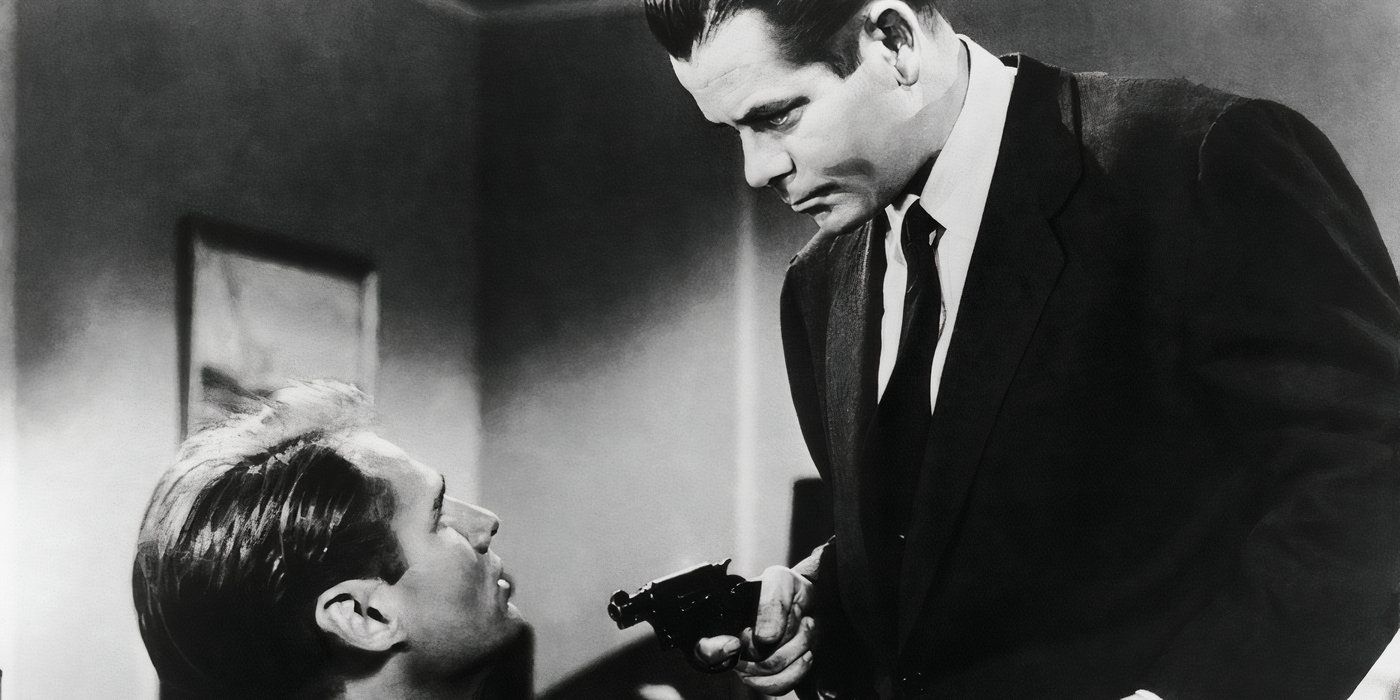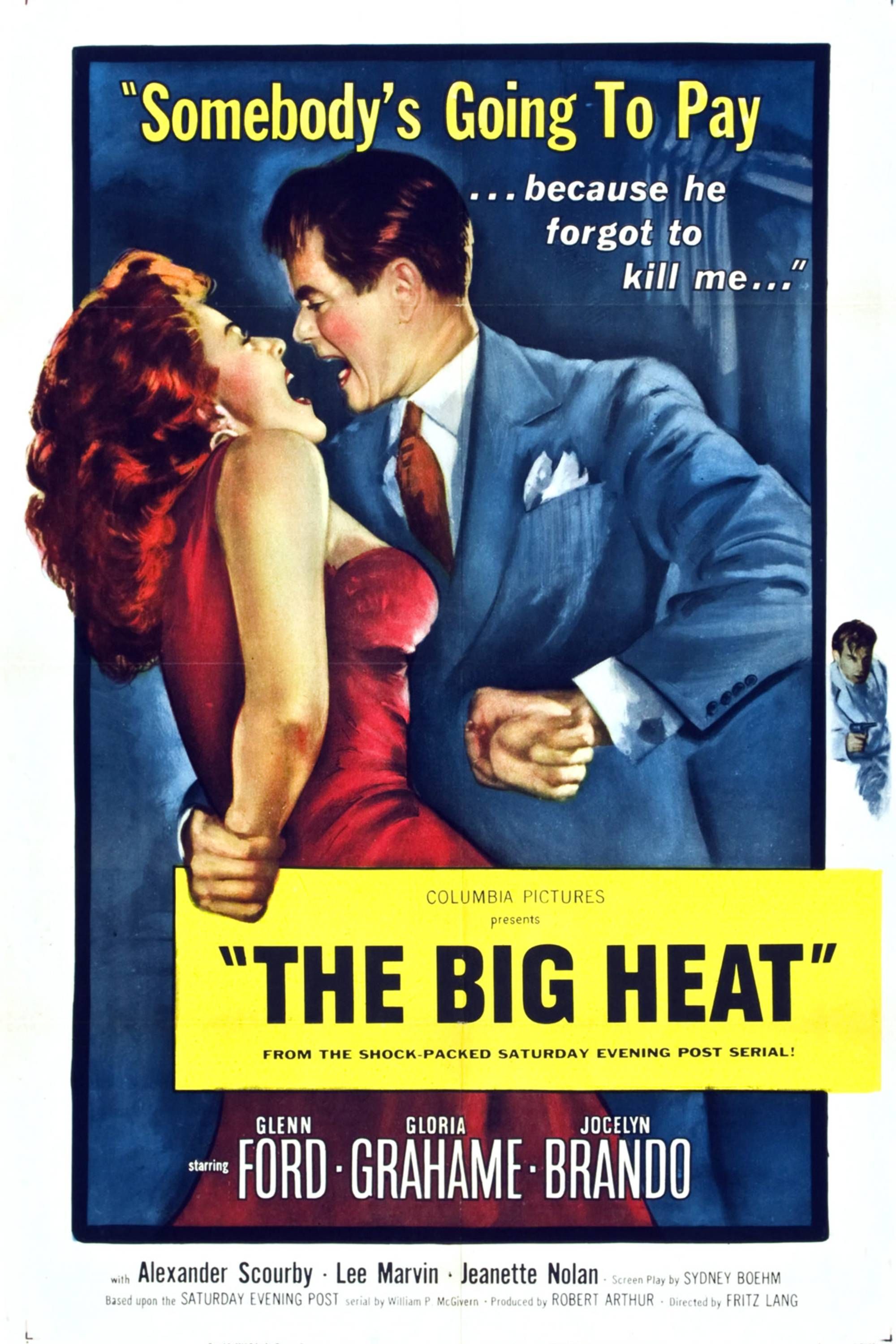Despite not boasting widespread recognition in the modern era, The Big Heat remains one of the greatest big-screen revenge stories ever told. Released in 1952, The Big Heat is a celebrated film noir featuring three major names in Hollywood: Glenn Ford, Gloria Grahame, and Lee Marvin. Glenn Ford, an actor who helped headline some of the best film noir movies of all time, played the lead role of Detective Dave Bannion, the subject of The Big Heat’s revenge narrative.
Revenge is among the most common motifs in Hollywood films, with Westerns and crime thrillers utilizing it regularly for decades. Over the years, bloody crusades to right a wrong have delivered all sorts of riveting adventures, ranging from High Plains Drifter to John Wick. Older movies, even those bound by numerous content restrictions, have also found great success in making a quest for vengeance the central focus of a story. In fact, revenge is a common plot element in film noir, a genre associated primarily with the 1940s and 1950s. One particular 1950s film utilized it so well that only rarely has it ever been matched.
The Big Heat’s Setup For Bannion’s Revenge Story Is Surprisingly Dark
When it comes to film noir, there’s a natural expectation for bleakness. But despite that, The Big Heat still manages to surprise with how far it’s willing to go. It begins with a suicide and the ensuing investigation, but that hardly sets the tone for what kind of movie The Big Heat is going to be. Instead, it sets up what appears to be a standard murder mystery film where the hero – Glenn Ford’s Detective Dave Bannion – irks both the criminal underworld and his own police colleagues when he begins asking too many questions about why a police officer killed himself. As he goes through the motions, Bannion’s story feels like par for the course given the genre, but that’s what makes the real setup for the plot so striking.

Related
If You Love Humphrey Bogart & Lauren Bacall, Check Out This Film Noir Duo With 4 Great Movies Together
In the style of Humphrey Bogart and Lauren Bacall, this pair of Hollywood stars made a string of four, must-watch film noir movies in the 1940s.
The film occasionally interrupts Bannon’s investigation with some quiet family moments where he gets to come from work and interact with his wife and daughter. One of these scenes shows him reading a bedtime story to his daughter while his wife heads off to run an errand. The camera remains focused on Bannon and his daughter when an explosion abruptly occurs; upon getting into Bannion’s car, his wife unknowingly sets off a bomb obviously intended for him. In an instant, The Big Heat becomes a completely different film, as it’s now apparent that the desire to find his wife’s killer was always the real point behind its story.
Dave Bannon Is A Great Revenge Movie Protagonist
Prior to the explosion, it may have been difficult to differentiate Dave Bannion from all the other film noir movie detectives willing to anger the powers that be if it means getting to the truth. However, it doesn’t take long for The Big Heat to evolve Bannion into a truly great film noir protagonist. Ford skillfully portrays Bannion as someone who is singularly focused on bringing down Lagana, the crime boss he blames for his wife’s death. Bannion’s hatred of Lagana (and everything associated with him) helps Ford deliver some great, scorching lines, including “I wouldn’t touch Vince Stone’s girl with a ten-foot pole.“

Related
Robert Mitchum’s 10 Best Film Noir Movies
Robert Mitchum left an astounding mark on film noir, as he was one of the few stars who could play a handsome hero or a vile villain with equal power.
Bannion is depicted as a character who wholeheartedly despises criminals, so much that he won’t tolerate anyone he associates with that world. Over the course of the story, The Big Heat gradually paints a picture of Bannion’s views on morality, showcasing him as someone who believes that people who commit crimes are less than human, and are therefore free to be targeted in his crusade for vengeance. This is on display when he physically threatens Mrs. Duncan, the widow of the original murder victim and a person being paid to stay silent about the crime.
The Big Heat Shows How To Do Revenge Movies Right
Glenn Ford Delivers A Compelling Performance That Helps Make The Big Heat A Film Noir Gem
The Big Heat is a perfect example of how to make a proper revenge film. Being a 1950s film, it was limited in terms of how much violence it could show onscreen, but this doesn’t hurt The Big Heat because it’s not an action movie built on brutal fight scenes and shootouts. Rather, the movie is more concerned with the personal, psychological element of the story.
At the center of any revenge story is hate, and that’s ultimately the emotion that drives The Big Heat
At the center of any revenge story is hate, and that’s ultimately the emotion that drives The Big Heat. Animosity toward the film’s villains fuels the actions of both David Bannion and the lead female character played by Gloria Grahame. The Big Heat explores the emotional complexities of what the two characters are going through, what lines they’re willing to cross, and the consequences of pursuing this path.



